The biggest trends from the second half of Sundance
From the left rising to the enduring power of teenage angst ...
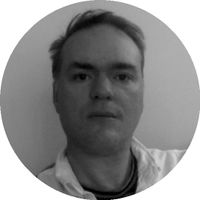

For the past two years, nearly every public screening at the Sundance Film Festival has been preceded by a one-minute reel of the previous day's highlights: clips from the Q&As, the red-carpet strolls, the music events, and so on. This year, one of those daily montages kicked off with a cheery hello from newly elected Rep. Alexandria Ocasio-Cortez (D-N.Y.), the primary subject of the Sundance documentary Knock Down the House.
I saw four films that day, so I saw Ocasio-Cortez's greeting four times. Every time — every time — the audience gasped in awe when her face filled the screen.

Sundance films and filmmakers have never shied away from being political, but in 2019, the energy of many of the agitprop films and social dramas felt ... well, different. Perhaps because of the festival's ongoing efforts to diversify its line-up — or perhaps because of a general feeling of youthful restlessness and frustration in the air, around the world — many of the movies this year expressed an unmistakable disgust with the status quo and a sympathy for the troubles facing our emerging generations of artists and leaders.
The Week
Escape your echo chamber. Get the facts behind the news, plus analysis from multiple perspectives.

Sign up for The Week's Free Newsletters
From our morning news briefing to a weekly Good News Newsletter, get the best of The Week delivered directly to your inbox.
From our morning news briefing to a weekly Good News Newsletter, get the best of The Week delivered directly to your inbox.
Criticizing the left, from the left
In my report on Sundance's first half, I wrote about The Inventor, a documentary about how investors, journalists, and politicians — including the likes of President Obama and Vice President Biden — were duped by the dubious claims of Silicon Valley "disruptor" Elizabeth Holmes. There's a similar head-shaking disappointment throughout The Report, writer-director Scott Z. Burns' fast-paced, info-packed dramatization of how Dianne Feinstein (played by Annette Bening) and her staffer Daniel Jones (Adam Driver) fought to compile and then release the Senate report on CIA "enhanced interrogation techniques." The film's villains shift by the end, from the Bush-era operatives who green-lit torture, to the Obama administration lackeys who argued against reopening old wounds.
The Report is fairly straightforward and undistinguished as cinema. But it's one hell of a piece of journalism, helped immeasurably by the clarity of Burns' timeline-hopping story and the fervor of Driver's performance. The film serves as a warning that regardless of their political leanings, people in power are inclined to protect their own — even when their colleagues deserve to be thrown in jail.
That same kind of passion for fact-finding and openness — no matter how embarrassing it might be to your own side — informs the documentaries Raise Hell: The Life & Times of Molly Ivins and Stieg Larsson: The Man Who Played with Fire. Both are about the trouble stirred up by crusading journalists who are no longer with us: the Texas-born Republican-bashing columnist Ivins, and the Swedish investigative reporter Larsson.
A free daily email with the biggest news stories of the day – and the best features from TheWeek.com
Director Janice Engel's Raise Hell is mostly a character study, examining how Ivin's stubbornness (and drunkenness) made her a thorn in the side of glad-handing politicians and nervous newspaper editors alike. The Man Who Played with Fire digs deep into the work Larsson did before writing his best-selling Lisbeth Salander novels and how he tried to call attention to the emerging racist nationalist movements in Europe. Both Ivins and Larsson were complicated characters, who cultivated an iconoclastic persona, risking irritating their allies with their righteous, relentless criticism.
While some Sundance movies called out leftists for their timidity, others just depicted a not-so-counter-culture drifting toward blasé homogeneity. In director Joe Talbot's debut feature The Last Black Man in San Francisco, Jimmie Fails plays a working-class San Franciscan who spends his spare time and money surreptitiously taking care of the Mission District house which, in the current Bay Area real-estate market, his family can no longer afford. He'd be the ideal neighbor — attentive, friendly, compassionate — if he could just buy his way back in.
The Last Black Man in San Francisco fumbles whenever Talbot tries to fit his finely shaded sketch into a rigid narrative frame. But for the most part, this is a remarkably assured and at times visionary film, showing how the residents of one of America's great cities cling to pieces of its mythology in order to define their place within it. Meanwhile, San Francisco's old tribes of hippies, artists, druggies, and blue-blue-collar types keep getting pushed to the margins by the rich newcomers, who fashion themselves as good California progressives but have no real interest in preserving — or even understanding — the city's deeper values.
The kids may or may not be all right
It's not really a modern critique, but the depiction of the 1986 Mexico City underground politics and arts scene in director Hari Sama's excellent slice-of-life This Is Not Berlin is unusually clear-eyed about both the allure and the limitations of an outré lifestyle. The film follows a typical middle-class teenager, who gets drawn further and further into the creative freedom, excessive drug use, and pansexual explorations happening in the back rooms of a local punk club. The question the movie keeps asking is: Is this kid being exploited by the older artists, or is he being initiated into a more vital world?
A common refrain these days is that "the youth will save us" — presuming that all the old culture clashes and prejudices are on the wane, generation by generation. This Is Not Berlin, along with several other films at Sundance this year, scrutinized this whole idea, by jumping from country to country and era to era, to consider what's timeless and what's changing about coming of age.
Both the crowd-pleasing quasi-musical Blinded by the Light and the engaging high school melodrama Hala are about growing up as a Pakistani Muslim immigrant, in two very different circumstances. Blinded by the Light is set in 1987 in the working-class U.K. town of Luton and is based on Sarfraz Manzoor's experiences of living through the economic depression of the Thatcher years, while obsessing over the music of Bruce Springsteen. Hala is set in present-day Chicago, and is about how a young girl's sexual awakening shocks her conservative parents.
The hero and heroine of each film feel penned-in by family expectations and traditions; but while Blinded by the Light's Springsteen fanatic is also dealing with a rising tide of white nationalism, none of Hala's classmates blink an eye at her hijab or daily prayers. Ultimately, both are pretty typical teens, reeling from raging hormones and their own dumb mistakes. There's a reason why these two movies were audience favorites at the 2019 Sundance: They're incredibly relatable.
So are writer-director Jason Orley's raunchy comedy Big Time Adolescence and director Julius Onah's adaptation of J.C. Lee's provocative theater-piece Luce — two films about high-achieving teens who abuse their parents' trust.
Comedian Pete Davidson is both hilarious and scary in Big Time Adolescence, playing a pothead slacker who's both the best friend and worst influence for the hero: a 16-year-old who so badly wants the older kids' approval that he gets talked into becoming his high school's top drug dealer. And in Luce, a former African child soldier turned American honors student alarms his teachers and his adoptive parents when they find out what he and his buddies have been doing in secret.
None of the above films are especially groundbreaking. Big Time Adolescence is very John Hughes-like, Luce feels like an old-fashioned "problem play," Blinded by the Light is an endearingly corny feel-good picture, and so on. But in a way that's what makes them so effective. We've seen these stories before. Heck, some of us have lived these stories before. There's something reassuring about how, even in our tumultuous times, teen angst endures.
More Sundance must-sees
A clever and horrifying hybrid of Eugene O'Neill and H.P. Lovecraft, writer-director Babak Anvari's Wounds (based on a Nathan Ballingrud novella) stars Armie Hammer as a New Orleans bartender whose relationships and career ambitions are collapsing into rot ... and that's before he starts getting plagued by hallucinatory visions of cockroaches and severed heads. Like Anvari's Iranian horror favorite Under the Shadow, this new film is more complex than it initially appears, using familiar genre trappings — like extra-dimensional monsters, demonic cults, and mysterious messages — in service of a vivid portrait of one dangerously hollow man.
The visually stunning documentary Aquarela begins with Siberian ice floes, melting away due to global warming, and it ends with torrential rains battering Miami. But Victor Kossakovsky's experimental film (which has no narration, and no explanatory on-screen captions) is less about climate change than it is about how mankind is at the mercy of water. The movie mostly consists of long, abstract scenes of ice and waves, roiling and towering, like an alien beast that may soon consume us all.
Marin Ireland is quietly affecting in writer-director Paul Harrill's Light from Light, playing a paranormal investigator who helps a recent widow (played by comedian Jim Gaffigan) discern whether his late wife is reaching out from the beyond. There are some chilling moments in this low-key, low-budget drama. But the movie is mostly an earnest and philosophical rumination on what "haunting" really means, as the characters cope with their own worst memories — and their fears that the next generation will repeat their mistakes.
British filmmaker Joanna Hogg revisits her 1980s college years in The Souvenir: an elliptical cine-memoir about an aspiring artist named Julie (played by Tilda Swinton's daughter, Honor Swinton Byrne), falling in love with a rich and influential older man (Tom Burke), who turns out to be a drug addict. This kind of story has been told many times — including in the recent Oscar nominee A Star Is Born — but Hogg makes her version startlingly personal, regarding the heroine's naivety and impressionability with a mostly sympathetic eye. This movie isn't about regretting youthful mistakes; it's about the hard process of developing an adult perspective.
I can't say goodbye to Sundance without mentioning my favorite film this year: The Farewell. Based on an anecdote drawn from writer-director Lulu Wang's own life (previously recounted on an episode of the radio show This American Life), the movie stars rapper/comedian Awkwafina as a New Yorker who travels back with her mom and dad to their native China, to visit her dying grandmother. Because of an old Chinese belief that fear is deadlier than any disease, the old woman herself doesn't know that her doctors have given her a terminal diagnosis. Lightly farcical and deeply touching, The Farewell recalls the early films of Ang Lee and the work of Hirokazu Kore-eda in the way it gently explores generational and cultural differences. The movie's not about youth, and it's not about politics. In its own subtle way, it's about everything.
Noel Murray is a freelance writer, living in Arkansas with his wife and two kids. He was one of the co-founders of the late, lamented movie/culture website The Dissolve, and his articles about film, TV, music, and comics currently appear regularly in The A.V. Club, Rolling Stone, Vulture, The Los Angeles Times, and The New York Times.
-
 The Week’s big New Year’s Day quiz 2026
The Week’s big New Year’s Day quiz 2026Quiz of the Year How much do you remember about 2025’s headlines? Put yourself to the test with our bumper quiz of the year
-
 Is tanking ruining sports?
Is tanking ruining sports?Today's Big Question The NBA and the NFL want teams to compete to win. What happens if they decide not to?
-
 ‘Netflix needs to not just swallow HBO but also emulate it’
‘Netflix needs to not just swallow HBO but also emulate it’instant opinion Opinion, comment and editorials of the day
-
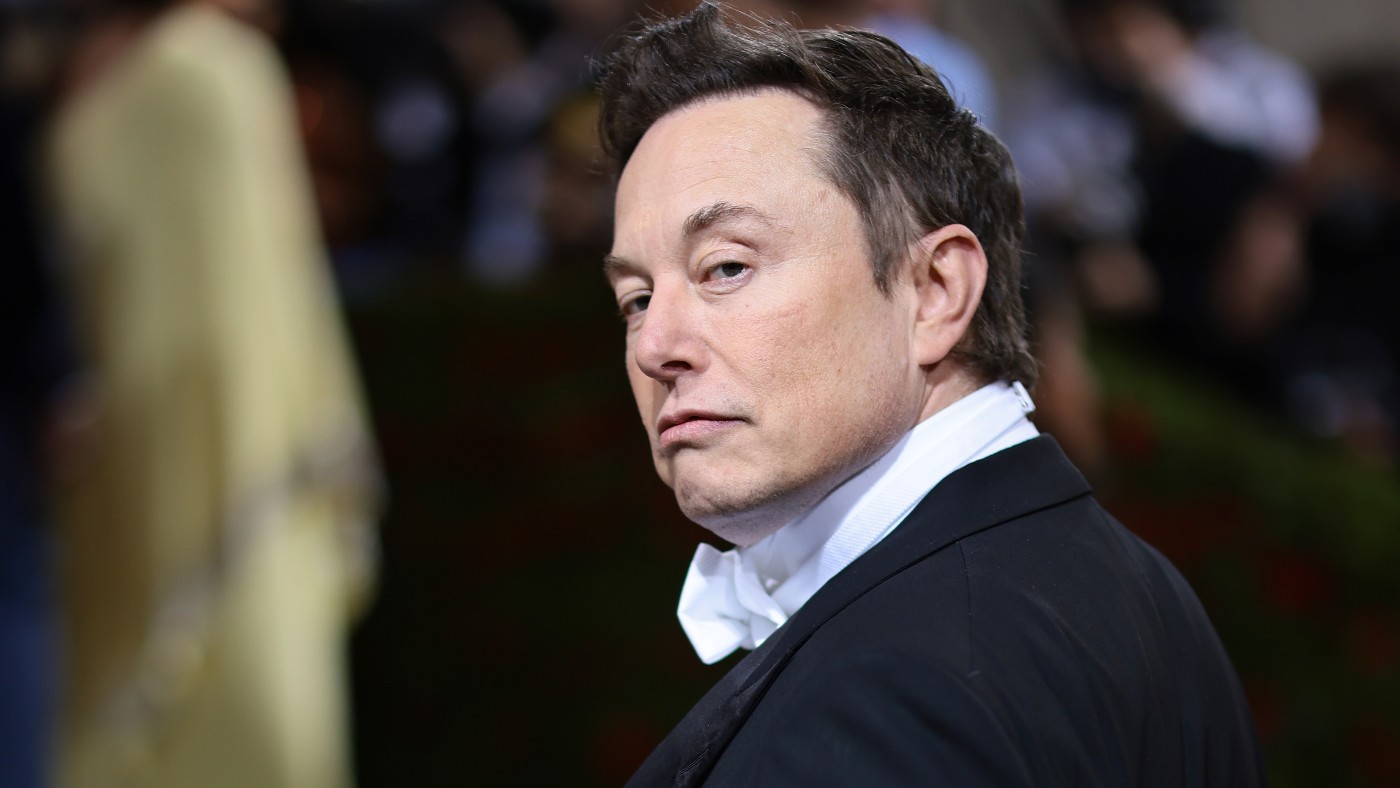 Walter Isaacson's 'Elon Musk' can 'scarcely contain its subject'
Walter Isaacson's 'Elon Musk' can 'scarcely contain its subject'The latest biography on the elusive tech mogul is causing a stir among critics
-
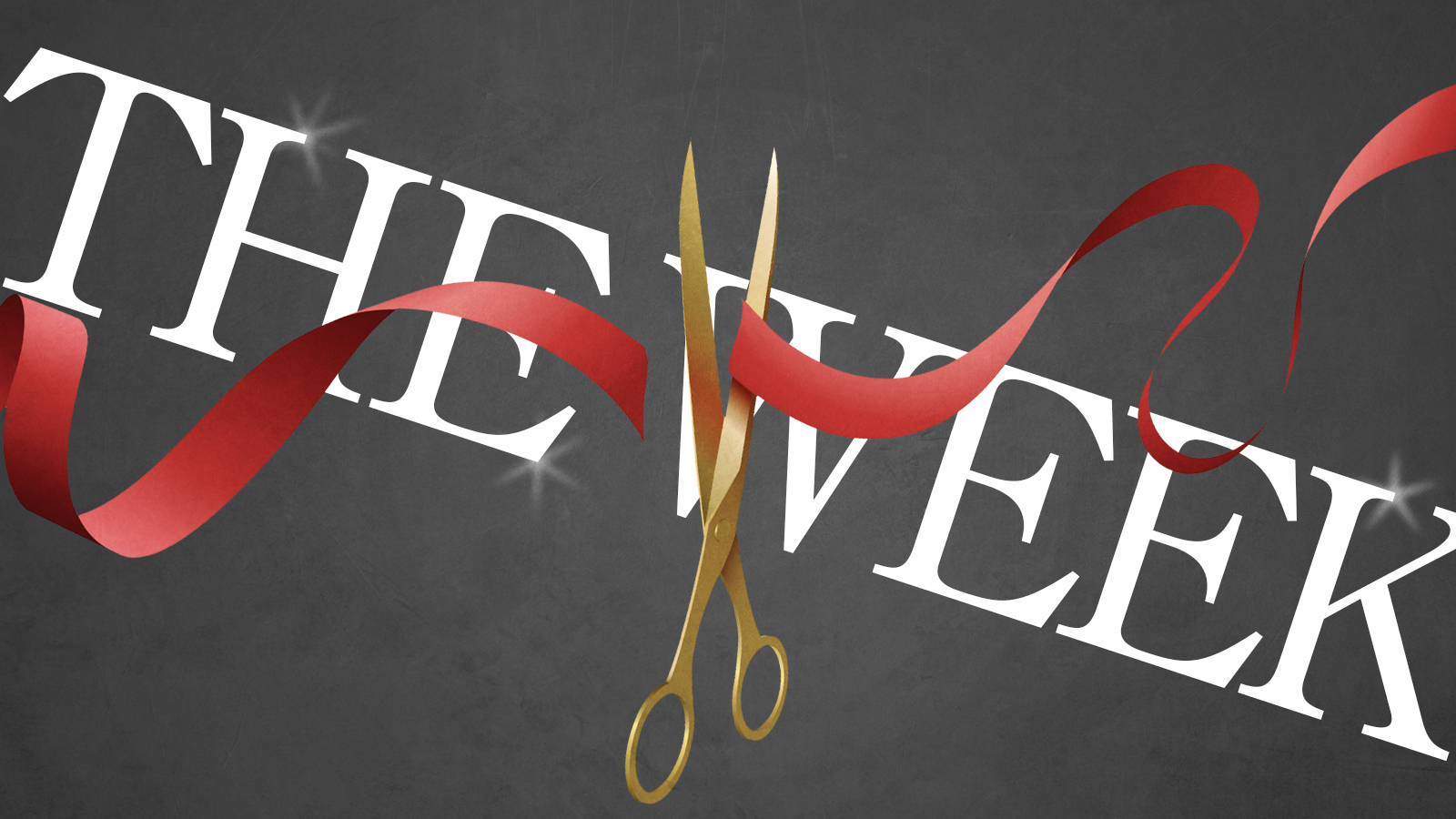 Welcome to the new TheWeek.com!
Welcome to the new TheWeek.com!The Explainer Please allow us to reintroduce ourselves
-
 The Oscars finale was a heartless disaster
The Oscars finale was a heartless disasterThe Explainer A calculated attempt at emotional manipulation goes very wrong
-
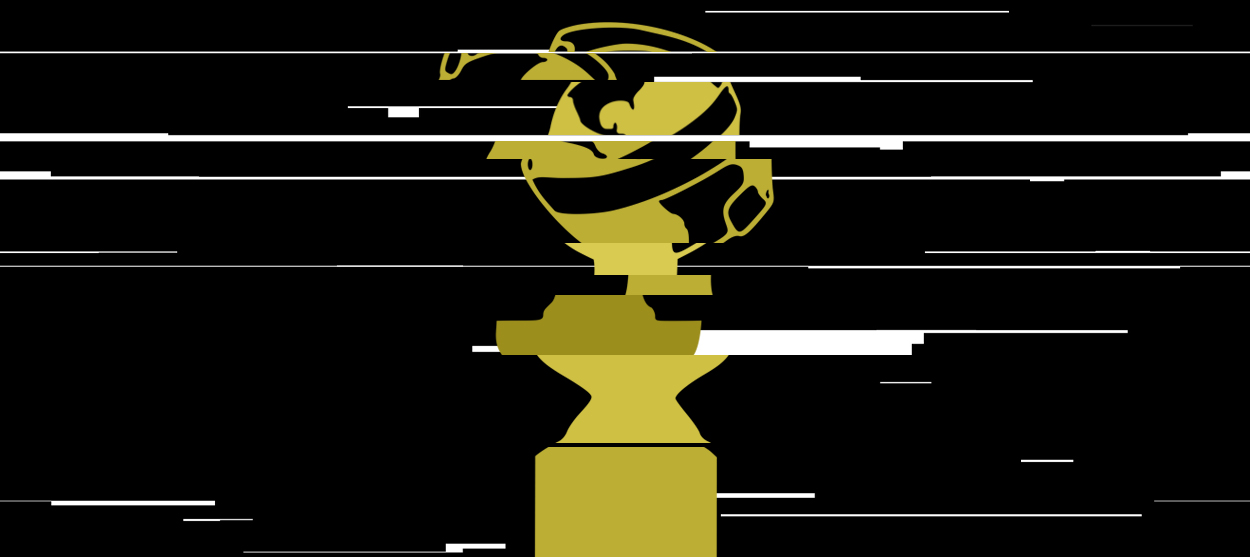 Most awkward awards show ever?
Most awkward awards show ever?The Explainer The best, worst, and most shocking moments from a chaotic Golden Globes
-
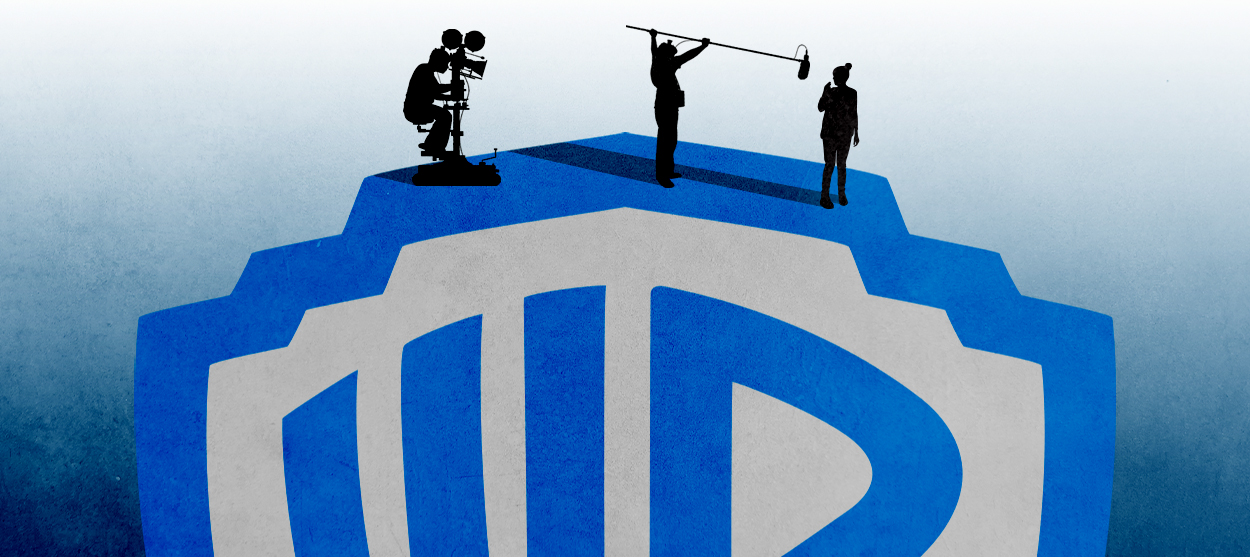 The possible silver lining to the Warner Bros. deal
The possible silver lining to the Warner Bros. dealThe Explainer Could what's terrible for theaters be good for creators?
-
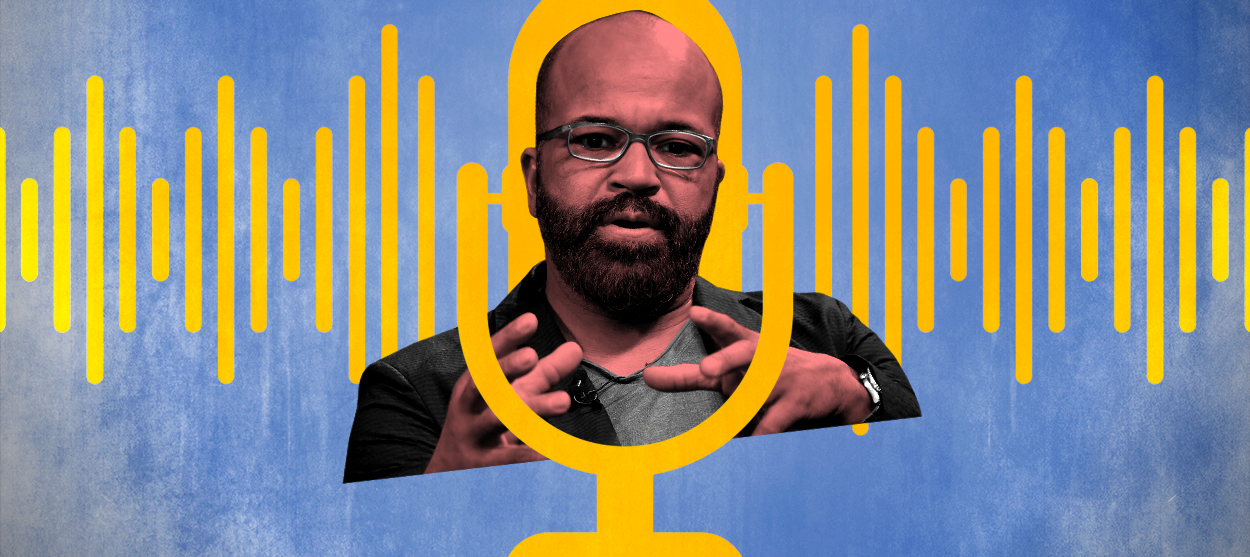 Jeffrey Wright is the new 'narrator voice'
Jeffrey Wright is the new 'narrator voice'The Explainer Move over, Sam Elliott and Morgan Freeman
-
 This week's literary events are the biggest award shows of 2020
This week's literary events are the biggest award shows of 2020feature So long, Oscar. Hello, Booker.
-
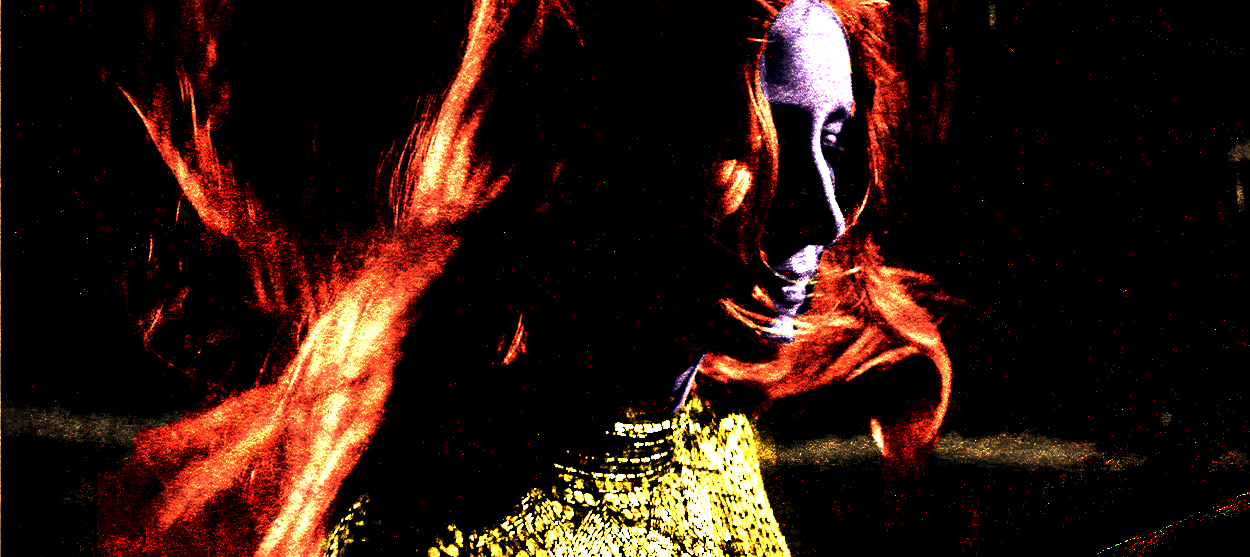 What She Dies Tomorrow can teach us about our unshakable obsession with mortality
What She Dies Tomorrow can teach us about our unshakable obsession with mortalityThe Explainer This film isn't about the pandemic. But it can help viewers confront their fears about death.
